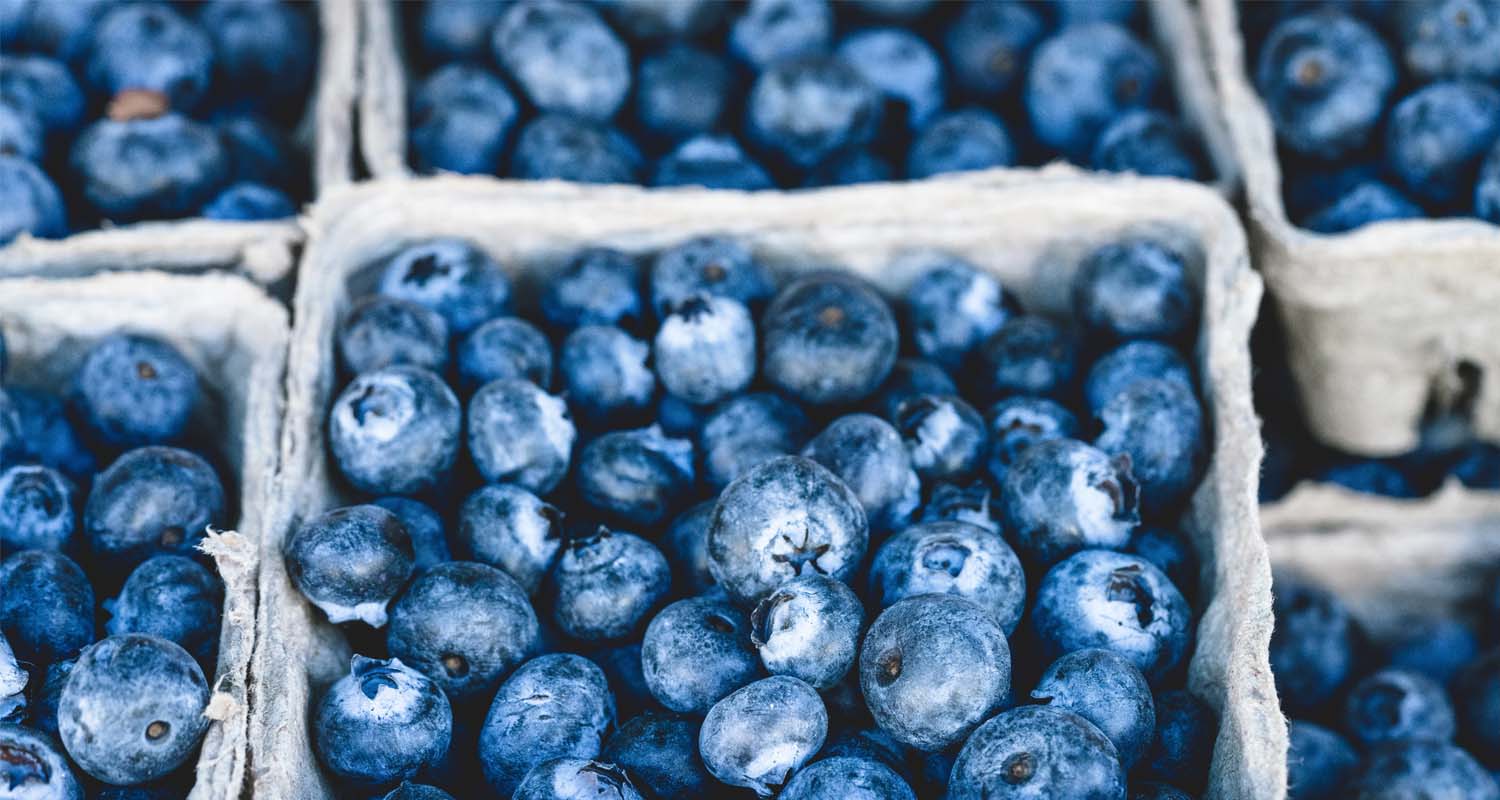
A new study[ref url=”http://www.cell.com/cell-metabolism/fulltext/S1550-4131(17)30729-5″] finds that fructose – the sugar found in fruit and high-fructose corn syrup – is actually processed in the small intestine, not the liver, as previously believed. And when people consume fructose in large amounts – say, processed foods or a small soft drink – it overwhelms the small intestine and spills over into the liver, where it gets converted into fat. This is extremely problematic, because the liver is not meant to metabolize fructose. This helps explain why eating too much sugar can be harmful, especially to the liver. Over time, too much fructose in your diet can cause liver disease and type 2 diabetes.
Glucose is processed in the liver, while fructose is metabolized in the small intestine
The study followed the trajectory of isotope-labeled fructose and glucose (otherwise known as table sugar) through the digestive systems of lab mice. Some mice received fructose doped with an isotope used for tracking, while others received glucose. By observing where the isotope went, the researchers then mapped the paths of the two different sugars. The glucose quickly traveled to the liver, and then was distributed to the rest of the body via blood circulation. Fructose, on the other hand, gathered in the small intestine, instead of being sent to the liver. Researchers concluded that it’s the intestine’s job to deal with fructose and make sure it never reaches the liver. However, when fructose is overconsumed, it leaks unprocessed into the liver and stores as fat. These fat storages can lead to non-alcoholic fatty liver disease, which can subsequently lead to cirrhosis or even liver cancer.
When fructose overwhelms the small intestine, it gets shuttled to the liver by way of the colon. As a result, it comes into direct contact with the microbes in our gut. “The microbiome is designed to never see sugar,” says Joshua D. Rabinowitz of the Lewis-Sigler Institute for Integrative Genomics at Princeton University, whose laboratory led the study. “As soon as you drink the soda or juice, the microbiome is seeing an extremely powerful nutrient that it was designed to never see.” While the study didn’t find that fructose affects the microbiome, the authors believe it’s a likely consequence and deserves further study.
Related: How to Own Your Gut Bacteria and Fix Leaky Gut Syndrome
The study also found that the small intestine handles fructose more efficiently after a meal, so better to save a sweet treat for dessert only.
A large glass of orange juice is too much fructose for the small intestine to process
“There is a fundamental physiological difference in how smaller and larger amounts of sugar are processed in the body,” reveals Joshua D. Rabinowitz of the Lewis-Sigler Institute for Integrative Genomics at Princeton University, whose laboratory led the study. “We can offer some reassurance – at least from these animal studies – that fructose from moderate amounts of fruits will not reach the liver,” he says. However, problems will occur when the small intestine gets overwhelmed by fructose. How much is too much? Half a can of soda or a large glass of OJ, and you are doing yourself a major disservice. The occasional piece of fruit, however, should be OK.
If you are going to consume fruit, eat a small portion as dessert
- Consume fruit as a dessert: If you are going to eat fruit, eat it after your main meal as dessert – as a moderately-sized portion (less than 25 grams of fructose per day).
- Choose your fruits wisely: Some fruits have more sugar than others. Eat the most nutrient-dense fruits – in-season blueberries and strawberries, for instance, which are loaded with good-for-you polyphenols, but are relatively low in fructose. Refer to the Bulletproof Diet Roadmap for healthful fruit choices. Think of fruit as a treat, not a staple of your diet. Remember, your body is simply not made to consume more than what’s in a single piece of fruit.
- Consider sugar substitutes: Avoid highly processed, sugary foods and beverages – that includes juice and anything sweetened with juice concentrate or high-fructose corn syrup. If you need more incentive, read this post about the harmful effects of fructose. For sugar substitutes that won’t wreak havoc on your blood sugar, check out this guide to healthy Bulletproof-friendly sweeteners.










